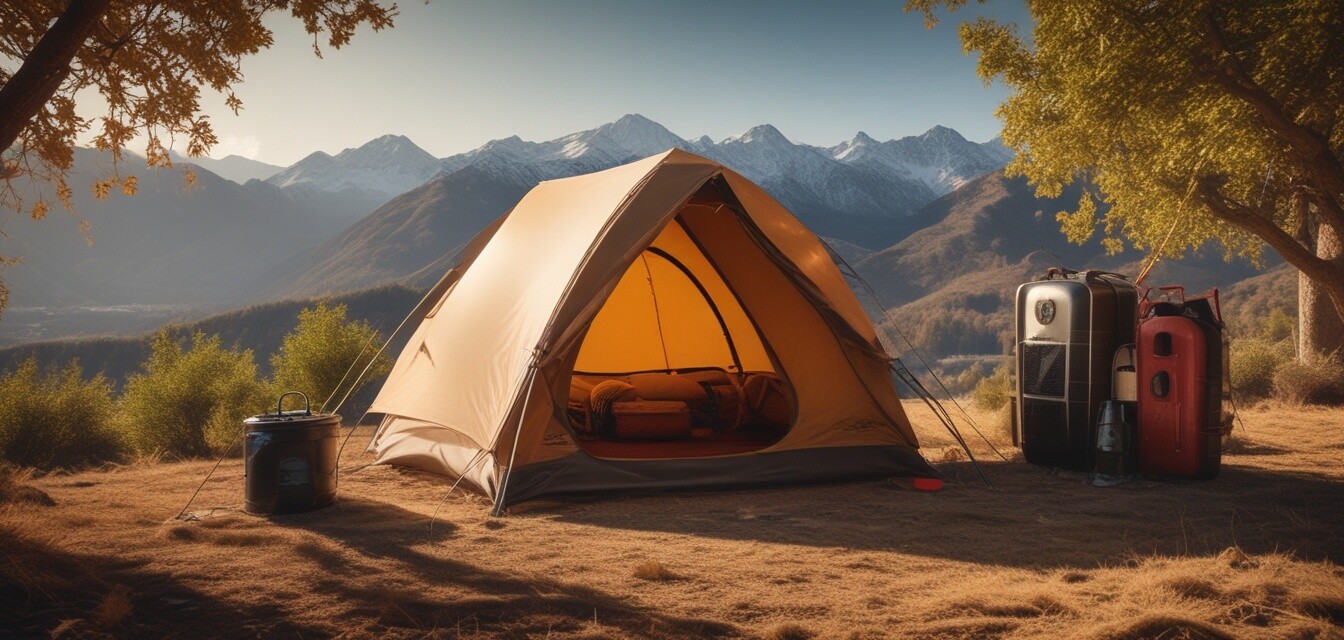
Solar Safety: Using Solar Gear Without Risks
Key Takeaways
- Ensure proper setup of solar panels to maximize sunlight exposure.
- Store gear safely to prevent accidents while camping.
- Understand the power output and limitations of your solar gear.
- Maintain your solar equipment for optimal performance.
- Be aware of emergency protocols related to solar equipment.
Using solar-powered gear while camping not only enhances your outdoor experience but also promotes sustainability. However, improper use can lead to accidents or equipment failure. In this article, we will discuss essential guidelines for safely using your solar gear, ensuring you maximize efficiency and minimize risks.
Understanding solar gear
Before diving into safety guidelines, it's important to familiarize yourself with the types of solar gear available for camping. Here are some common categories:
| Type of Gear | Description |
|---|---|
| Portable Solar Panels | Lightweight panels used to recharge devices; easy to carry. |
| Solar Camping Tents | Tents integrated with solar panels for charging devices and lights. |
| Solar Cookers & Grills | Outdoor cooking devices powered by the sun's energy. |
| Solar Lanterns & Lights | Illumination tools charged by solar energy, ideal for campsite lighting. |
| Solar-Powered Backpacks | Backpacks with built-in solar panels to charge electronics on the go. |
Safety guidelines for using solar gear
To enjoy the perks of solar-powered gear while camping, follow these safety guidelines:
1. Proper setup
Ensure your solar panels are positioned correctly to capture maximum sunlight:
- Face the solar panels towards the sun for optimal absorption.
- Avoid placing them in shaded areas, such as behind trees or large rocks.
- Secure your panels against wind or movement to prevent damage.
2. Equipment storage
Keeping your solar gear organized can prevent accidents:
- Store solar panels and other gear in a designated area.
- Avoid mixing equipment with sharp objects to prevent puncture or damage.
- Use protective cases for fragile items like solar batteries.
3. Monitor power output
Understanding the limitations of your solar equipment is crucial:
- Check the specifications for power output and storage capacity.
- Do not overload your solar devices; follow the manufacturer's recommendations.
- Regularly check the battery levels and charging status.
4. Routine maintenance
Proper maintenance is key to ensuring the longevity of your solar gear:
- Regularly clean solar panels to avoid performance loss.
- Inspect equipment for signs of wear and tear; replace as necessary.
- Keep wiring and connections secure and free from corrosion.
5. Emergency protocols
Being prepared for emergencies can ensure safety while using solar gear:
- Have a backup power source in case of system failure.
- Know how to safely disconnect equipment in hazardous conditions.
- Keep a first-aid kit handy in case of accidents.
Conclusion
Using solar gear while camping is a fantastic way to embrace nature while minimizing your environmental footprint. Following the safety guidelines outlined above will help you enjoy your solar-powered adventures without risks, while maximizing energy efficiency. For more insights on camping gear and best practices, don't forget to check out our Expert Tips category!
Pros
- Provides a sustainable power source while camping.
- Reduces reliance on fuel-based energy solutions.
- Easily portable and lightweight options are available.
- Can enhance overall camping experiences with added convenience.
Cons
- Initial investment cost can be high for quality gear.
- Performance can vary based on weather conditions.
- Requires maintenance and care to ensure longevity.
Additional resources
Explore further to refine your camping experience: